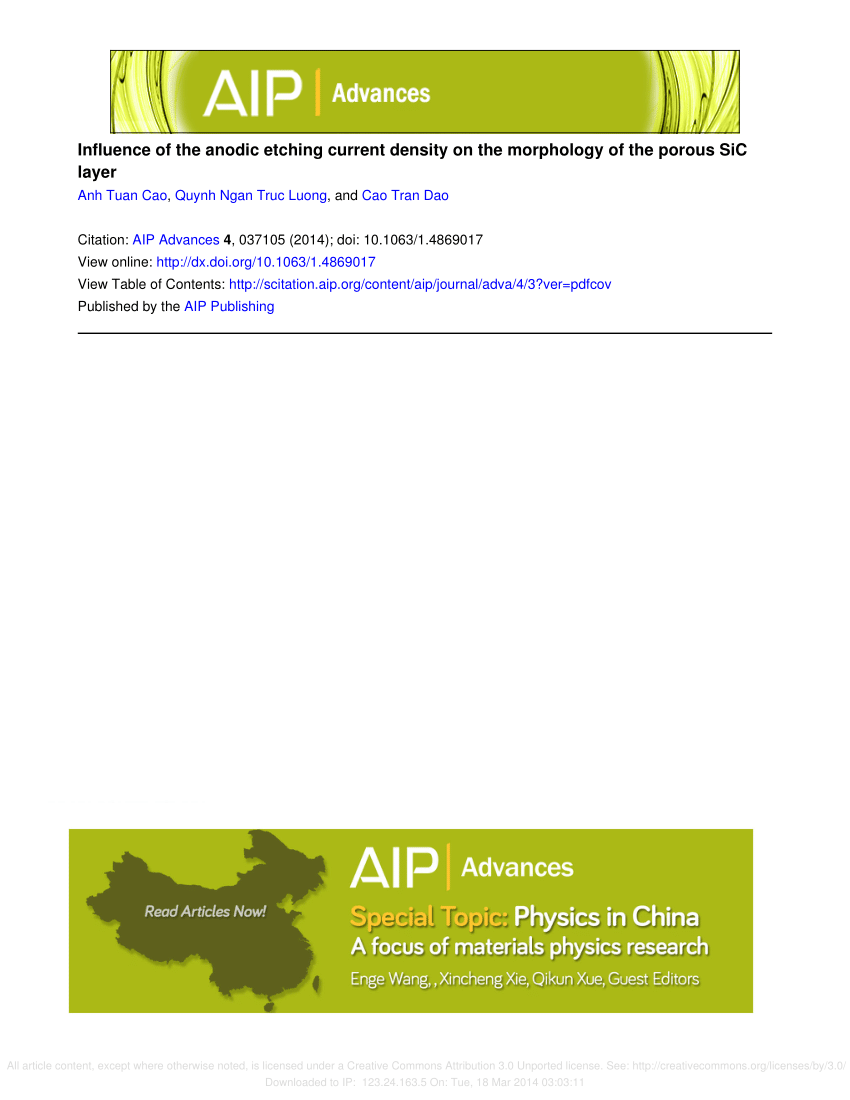Laser propulsion of microsphere in water using tapered fiber-induced shock wave
IF 1.4
4区 物理与天体物理
Q4 MATERIALS SCIENCE, MULTIDISCIPLINARY
引用次数: 0
Abstract
The driving experiment of SiO2 microspheres in a water environment was carried out by using tapered fiber microstructures to transmit short pulse lasers. The fiber microstructure can generate plasma and spherical shock waves to drive SiO2 microspheres. Through theoretical simulation, the propagation characteristics of shock waves and the dynamic characteristics of microspheres were studied. In the experiment, a high-speed COMS camera was used to capture the images of shock wave diffusion and microsphere motion. A linear relationship between the driving behavior of microspheres and the laser energy distribution is observed. The driving behavior of microspheres is attributed to the resultant force caused by spherical shock wave diffusion. We find that the initial driving velocity approximately follows the inverse quadratic function of the radius ratio of the spherical wave, which is consistent with the experimental results. Compared with the traditional technology, this method has the advantages of directional stability, good security, anti-interference, and so on. It can be used for stable directional driving of micron objects in a water environment.利用锥形光纤引发的冲击波激光推进水中的微球
利用锥形光纤微结构发射短脉冲激光,在水环境中进行了二氧化硅微球的驱动实验。光纤微结构可以产生等离子体和球形冲击波来驱动 SiO2 微球。通过理论模拟,研究了冲击波的传播特性和微球的动态特性。在实验中,使用高速 COMS 摄像机捕捉了冲击波扩散和微球运动的图像。观察到微球的驱动行为与激光能量分布之间存在线性关系。微球的驱动行为归因于球形冲击波扩散所产生的作用力。我们发现,初始驱动速度近似于球形波半径比的反二次函数,这与实验结果一致。与传统技术相比,该方法具有方向稳定、安全性好、抗干扰性强等优点。可用于水环境中微米物体的稳定定向驱动。
本文章由计算机程序翻译,如有差异,请以英文原文为准。
求助全文
约1分钟内获得全文
求助全文
来源期刊

AIP Advances
NANOSCIENCE & NANOTECHNOLOGY-MATERIALS SCIENCE, MULTIDISCIPLINARY
CiteScore
2.80
自引率
6.20%
发文量
1233
审稿时长
2-4 weeks
期刊介绍:
AIP Advances is an open access journal publishing in all areas of physical sciences—applied, theoretical, and experimental. All published articles are freely available to read, download, and share. The journal prides itself on the belief that all good science is important and relevant. Our inclusive scope and publication standards make it an essential outlet for scientists in the physical sciences.
AIP Advances is a community-based journal, with a fast production cycle. The quick publication process and open-access model allows us to quickly distribute new scientific concepts. Our Editors, assisted by peer review, determine whether a manuscript is technically correct and original. After publication, the readership evaluates whether a manuscript is timely, relevant, or significant.
 求助内容:
求助内容: 应助结果提醒方式:
应助结果提醒方式:


